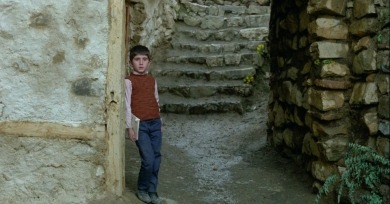Conor Williams
The film often feels like a one-act play. It is foremost an experiment, in the same sense as Linda Rosenkrantz’s original mission to document the daily to-dos of her friends.
Cohen suggests that modern cinema, unshackled from genre, is more powerful than we may give it credit for. His work is porous, holding room for all these possibilities and more.
Self reflexive, political, and experimental, the filmisessentially the Carax take on Histoire(s) du cinéma (1988), in which Godard stitched together clips from hundreds of films in order to create his own critique of the art form.
Creton builds his characters up from the outside; they lack a real sense of interiority. Where A Prince thrives is in its lush cinematography, inviting the audience into cozy, well-worn interiors and verdant, rich landscapes.
Using pirated media, found/remixed footage, and some clever edits, the two-person Australian art collective known as Soda Jerk has constructed a film, Hello Dankness, that attempts to illustrate the five-year span from 2016 to 2021 across several acts.
Romvari and Xu are compassionate image-seekers, yet they also subtly interrogate the systems surrounding their subjects.
What Alain Gomis has uncovered in these rushes is fascinating, proof of the confines of bourgeois culture an artist such as Thelonious Monk was forced to endure in his time.
His striking, lush imagery and ambient soundscapes lead viewers on a trip into a cerebral-cinematic beyond, while avoiding self-seriousness. His new film, Rock Bottom Riser, is his first feature-length work.
Most memorable and haunting in my mind is the ceiling fan that hangs above the main staircase of the Palmer house. This deceptively ordinary fixture conjures true evil and subtly describes the tortured physics at work within the world of Twin Peaks.
Wojnarowicz so furiously laid bare the cruelty of our nation, and in particular the puritanical hypocrisy of the GOP, that in 2010, decades after his death, Republicans John Boehner and Eric Cantor managed to bully the National Portrait Gallery into removing his artwork from an exhibition, on World AIDS Day, no less
The radical in everyday life in a new American docu-comedy series and a classic by Abbas Kiarostami.
I think there is a mystery that happens between an image and the spectator. The temple of cinema is an experience that you cannot exchange with another, or by watching films at home. The images can’t penetrate the spectator and be there for a long time.
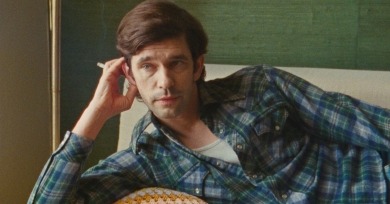
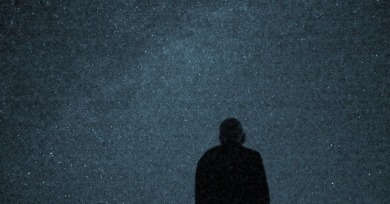
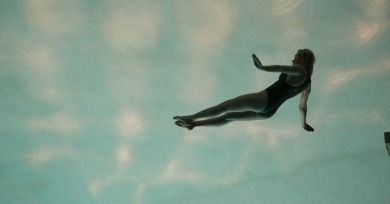
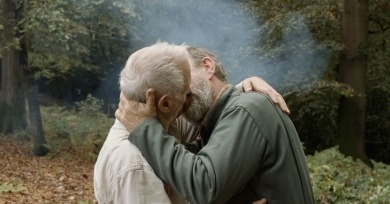
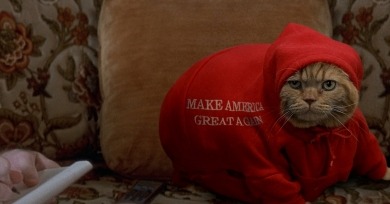



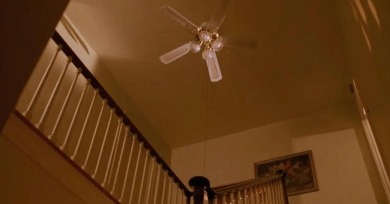
2-390x204.jpg)
